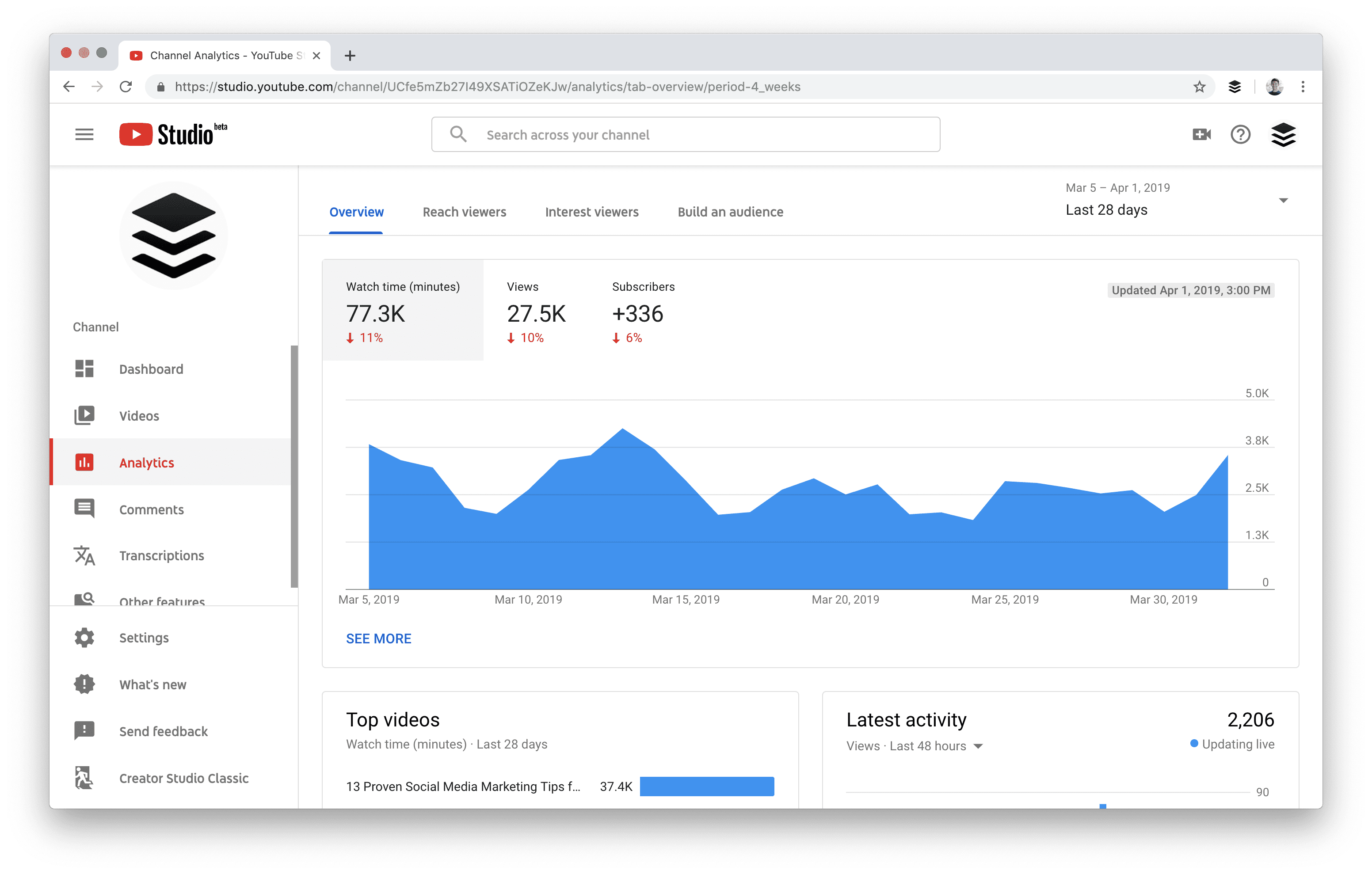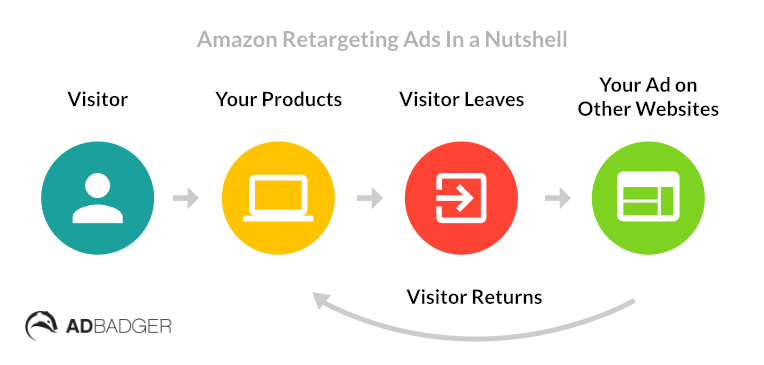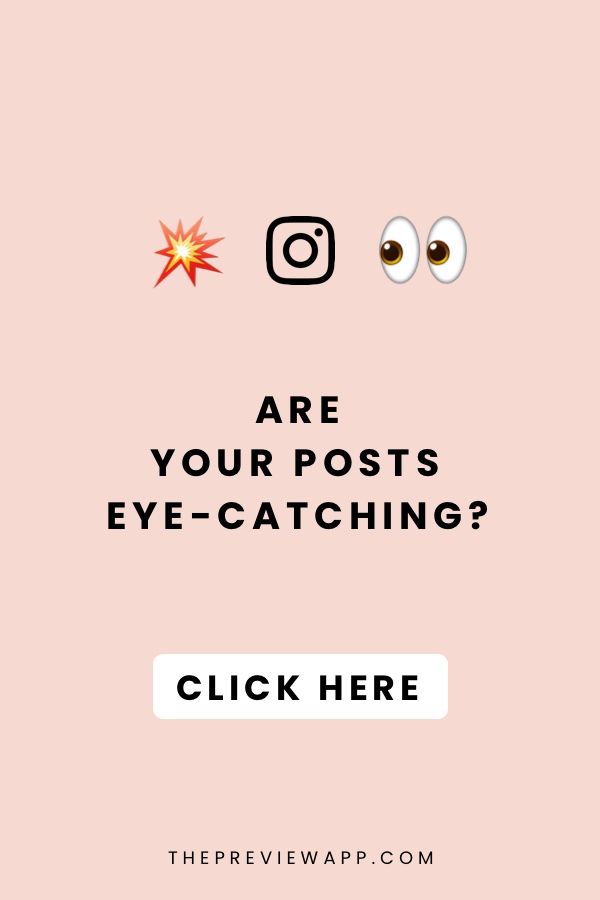
The latest trend in the web is social online communities. But what makes them special? This article will analyze the three main types of social online communities and describe their influence factors, design elements, and ontology models. This information might be useful to your business. Continue reading .... and enjoy! Don't forget to comment below if there are any questions. Thanks for reading!
Analyse three types of social online community
Traditionally, the term "social networks" refers only to groups of users. Some communities are intended for discussion while others are focused more on sharing content. In both cases the goal is to create connections among people. There are three types of social networks. These are community-based networks (or review boards), and discussion-oriented communities. Several large platforms host distinct communities with similar topics and content. Researchers have documented overlaps in both topics and users among different types of online communities. Members of these communities are likely to engage in conversations with different groups of people, sometimes concurrently.
Bulletin board communities have many unique features, while synchronous communities focus on individual relationships and freely chosen interests. Bulletin board communities allow potential members to view the community and have ongoing conversations for up to a year. Bulletin boards provide a more comprehensive view of community interaction than synchronous communities and can host a greater number of members. Chat rooms, on the other hand, can only accommodate a few users.

Influence factors
Online communities enable people to meet, exchange information, find common interests, and form connections. In many online communities, personal interactions are crucial as user-generated material often emerges from these interactions. This article will examine three factors that impact behavior in online social communities. We focus on personal psychological and social factors, as well as user-generated content. Listed below are the results of our three-part study.
Participation in normal activities is the first influence factor. These activities lead to success and expectations, as well as positive peer feedback. Additionally, these activities foster healthy growth within the online network. The second influence factor, belief, relates to the individual's acceptance of a moral element that exerts indirect control over behavior. Although both of these factors are important in understanding behavior within social online communities, there is no universal, single influence factor that can be attributed to them.
Design elements
Online communities can be a useful tool for creating community-based activities. Social structure and its members are the main factors that determine the design elements of online social communities. One digital platform may be able to support many social structures at once, but it is not necessary that all of them are implemented simultaneously. Here we examine five of the most important design elements of social online communities. We also discuss the effects of these design elements on community participation.
A design heuristic can help a community stay on course. These heuristics, which are based upon previous research on various aspects online communities, include interactive creativity (electronic forms), selection hierarchy, rewards, costs and artistic forms as well feedback from users. The research results show that social technologies are a flexible form of expression. A social community that is well designed will be more attractive and engaging than one that doesn't have these elements.

Ontology models
Computational ontologies are an important component of the Internet's data-sharing and data-labelling systems. These systems facilitate the integration and construction of consistent, meaningful representations from disparate data. Ontologies have many applications thanks to research in artificial Intelligence and early knowledge representation. Ontologies are used to create many data-driven media technologies today.
Ontokiwi however supports the creation and use of annotations for non-ontological terms. For example, annotation information could be added to OAE term "causal detrimental event" that is not included in the OAE. Annotations allow users, much like Wikipedia, to freely share information about an ontology. These annotations then can be searched and made available online.
FAQ
Do I need an SEO expert to do Content Marketing? Yes!
SEO experts are experts in how search engines like Google rank pages. They are also familiar with the keywords that should be targeted when optimizing your site.
What is the goal of content-marketing?
Content marketing seeks to provide customers with relevant and valuable information. This can be achieved through various channels, such as email campaigns and white papers. Delivering value is key.
Do I need an agency to do Content Marketing?
No! It is possible to create high-quality content online with a variety of tools. Plus, agencies tend to charge a premium price for their services.
How does content marketing work?
Content marketing works because you create valuable and engaging content that adds value.
You build relationships with your audience by providing useful information, solving problems, entertaining, or engaging them. People respond well to positive messages from brands they know and trust.
It's interesting to read things that interest people. When you create something that interests them, your readers will return for more.
Your content should drive people to take action - whether buying your product, signing up for your newsletter, visiting your website, or sharing your article via social media.
Writing compelling copy that engages and informs your target audience is key to content marketing success.
Statistics
- Out of the 1,500 marketers we surveyed for our State of Content Marketing report, 78% who felt their content marketing strategy was exceptionally effective in 2021 had documented their strategy. (semrush.com)
- In fact, would pay more for a better customer experience, and 86% of B2B buyers would pay more. (neilpatel.com)
- Seventy-two percent business to business (B2B) (mailchimp.com)
- According to our research, 65% of companies with very successful content marketing in 2021 ran content audits at least twice a year. (semrush.com)
- According to the Content Marketing Institute, 70% of B2B marketers and 86% of B2C marketers surveyed use content marketing in some form or other. (criteo.com)
- According to research compiled by Coschedule: Companies that publish 16+ blog posts a month get as much as 3.5x as much traffic as those that publish 0-4 posts a month. (criteo.com)
- Forty-seven percent of buyers view 3 to 5 pieces of content before engaging with a sales representative. (mailchimp.com)
- Content marketing produces 3X more leads per dollar spent. Content marketing costs 62% less than traditional marketing. (criteo.com)
External Links
How To
How can I make my videos more impressive?
Video Marketing is one of most powerful tools for Content Marketing. It allows you to communicate with your audience, engage them emotionally, and build trust. How do we turn boring into awesome? Let's look at some simple tips!
-
Tell a tale. Storytelling is the core of any communication. Video marketing doesn't work without storytelling. To tell stories, you need to ask yourself what kind you want. Do you find it entertaining? Educational? Inspiring? You can find inspiring stories on social media through videos and photos. Use these stories as inspiration to create your own.
-
Images are a powerful tool. Images help convey emotions faster than words. Images enable us to make connections with others, and allow us empathy. Include images in your videos. Images can be added to slideshows, or embedded directly into blog posts.
-
Make it easy for people to share. If you want your viewers spreading the word, make sharing easy. Include sharing buttons in your videos. Your slideshows should include social icons. Consider adding "Share" buttons to your videos if you are working on a YouTube channel.
-
Don't overdo it. Your viewer may lose interest if you use too many graphics or too much information. Keep things simple. A few striking images can be enough to attract attention and keep people's attention.
-
Keep it short. People love short videos. You can create short videos of 5 minutes to generate buzz for your brand.
-
Get feedback. Listen to your audience. Ask them to tell you what works. Use the answers to improve your content.
-
A plan is essential. Think about the next video you might create. Can you create a series? Maybe you can create a playlist with the most watched videos?
-
Test, test, test. It's not what you want. Test it with your audience before you release any video. Take a look at the reactions. You can then make changes based off those results.
-
Repeat. You can repeat steps 1-8 until your formula is perfect. Once you are familiar with the basics, you can create incredible videos time and time again.
-
Measure the results. It's important to measure the success of your videos. What did they do? What are the preferences of certain audiences? These questions will help you optimize your strategy.
-
You can adjust as needed. Don't stop learning once your video campaign is up and running. Learn from your mistakes, and make adjustments as needed. Marketers who excel are always looking for ways to improve.
-
Enjoy it. Video marketing isn’t hard but takes patience. With experience you will discover new strategies, techniques, ideas, and methods to help you grow business.